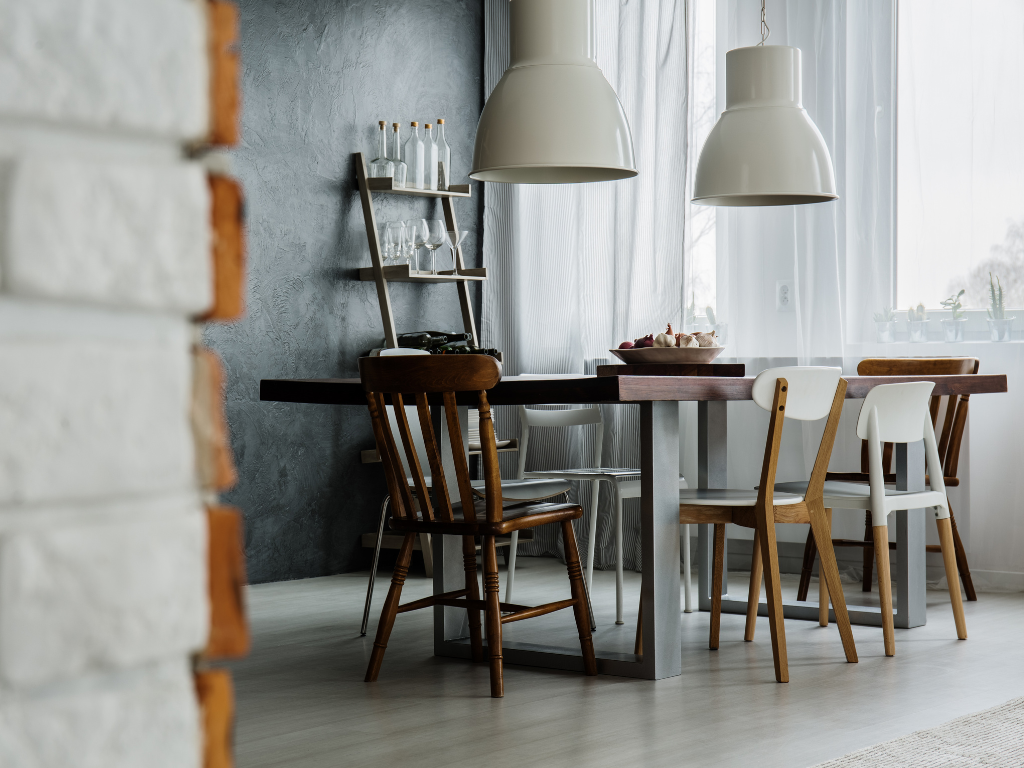Call us now:
To be granted exclusive industrial design protection in Vietnam, industrial designs must meet the protection conditions as stipulated by Vietnamese law. So, what are the specific conditions for industrial design protection in Vietnam?

Characteristics of Industrial Design Formation
The formation characteristics are crucial aspects in defining the conditions for industrial design protection. The shaping features of an industrial design are elements expressed in the form of shapes, lines, colors, or their combination, the positional or dimensional relationships that, when combined with other features, constitute a necessary and sufficient set to form that industrial design.
Basic shaping features are those easily recognizable, memorable, necessary, and sufficient to identify the essence of the industrial design and differentiate it from other industrial designs.
Products of the same type are those with similar or identical purposes or functions. Complete products and parts used for assembly, constituting a complete product, are not considered products of the same type.
Additionally, the following factors are not considered basic shaping features:
- The shape and lines determined by the technical function of the product. For example, the flat shape of a data storage disc is determined by the relative motion between the disc and the reading head.
- Factors whose presence does not alter the impression of the product’s appearance.
- Materials used to manufacture the product.
- Marks attached to the product for informational or instructional purposes regarding origin, characteristics, structure, use, or operation of the product.
- Size of the product, except for changes in decorative size of fabric samples and materials.
- Other factors that do not meet the conditions for basic shaping features of industrial design.
Conditions for Industrial Design Protection in Vietnam
The conditions for industrial design protection in Vietnam include:
Industrial designs must have novelty.
Industrial designs must exhibit novelty to be considered. To qualify as novel, an industrial design must differ significantly from designs that have been publicly disclosed within or outside the country before the filing date or priority date (if claiming priority).
Two industrial designs are not considered significantly different if their shaping features are difficult to distinguish, remember, and cannot be used to differentiate the overall designs.
An industrial design is considered not publicly disclosed if only a limited number of people are aware of it, and they are obliged to keep it confidential.
An industrial design is not considered to have lost its novelty if it is disclosed under the following conditions, provided a registration application is submitted within six months from the disclosure date:
Industrial designs must have been creative.
Industrial designs must exhibit creativity to be considered. A design cannot be easily created by someone with average knowledge in the corresponding field, based on publicly disclosed designs before the filing date or priority date (if claiming priority).
Industrial designs are considered lacking creativity in cases such as:
- Simple combination or assembly of publicly disclosed shaping features (replacement, repositioning, quantity changes, etc.).
- Direct copying or imitation of natural shapes of plants, fruits, animals, geometric shapes, widely known.
- Mimicking the design of famous or widely known products or structures in Vietnam or worldwide.
- Imitating industrial design from a different field that is widely known (e.g., toy imitating a motorcycle).
Industrial designs must have industrial applicability
Industrial designs must have industrial applicability, meaning they can be mass-produced using industrial or craft methods.
Industrial designs are considered lacking applicability in cases such as:
- The product’s shape has an unstable existence (in gas, liquid, etc.).
- Creation of the design relies on special skills or cannot be repetitively manufactured in mass production.
- Other cases determined as reasonable.
Evaluation of Similarity of two industrial designs according to Vietnamese law
Two industrial designs are considered identical if they share the same set of basic and non-basic shaping features and are used for products of the same type.
Two industrial designs are considered significantly similar if they share the same set of basic shaping features and are used for products of the same type.
Two industrial designs are considered somewhat similar if they are used for products of the same type and share at least one basic shaping feature that is either identical or not significantly different.
Two industrial designs are considered the closest if they have the highest number of identical or not significantly different basic shaping features compared to all other remaining designs.
Two industrial designs are considered significantly different if they are used for different types of products or, for the same type, have at least one significantly different basic shaping feature.
Contact Us Now:
DCNH LAW
Address: 38B Tran Nhat Duat, Phuoc Hoa ward, Nha Trang city, Khanh Hoa province, Vietnam.
Phone: (+84) 343320223 – 974278893
Email: dcnh.law@gmail.com


